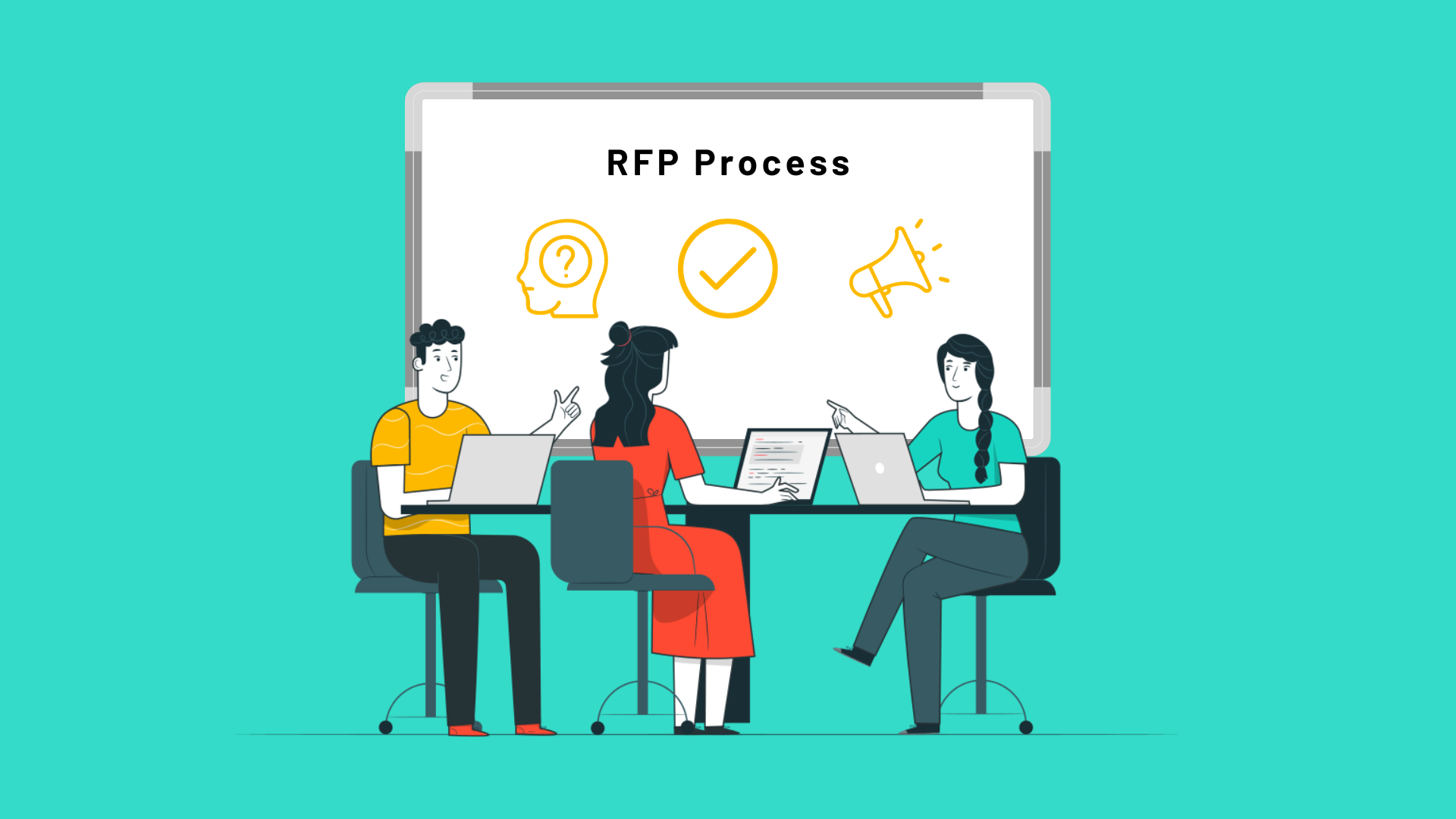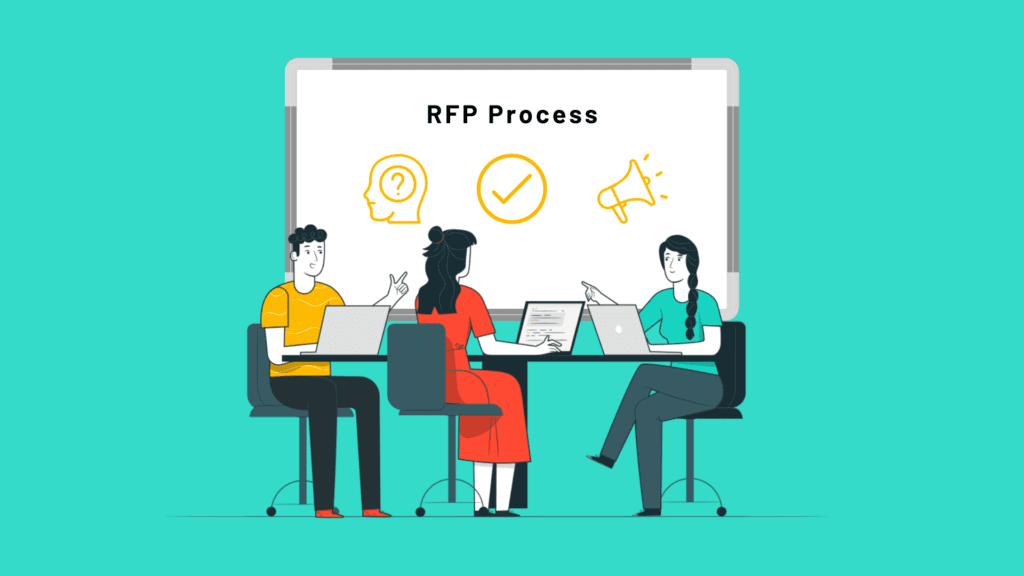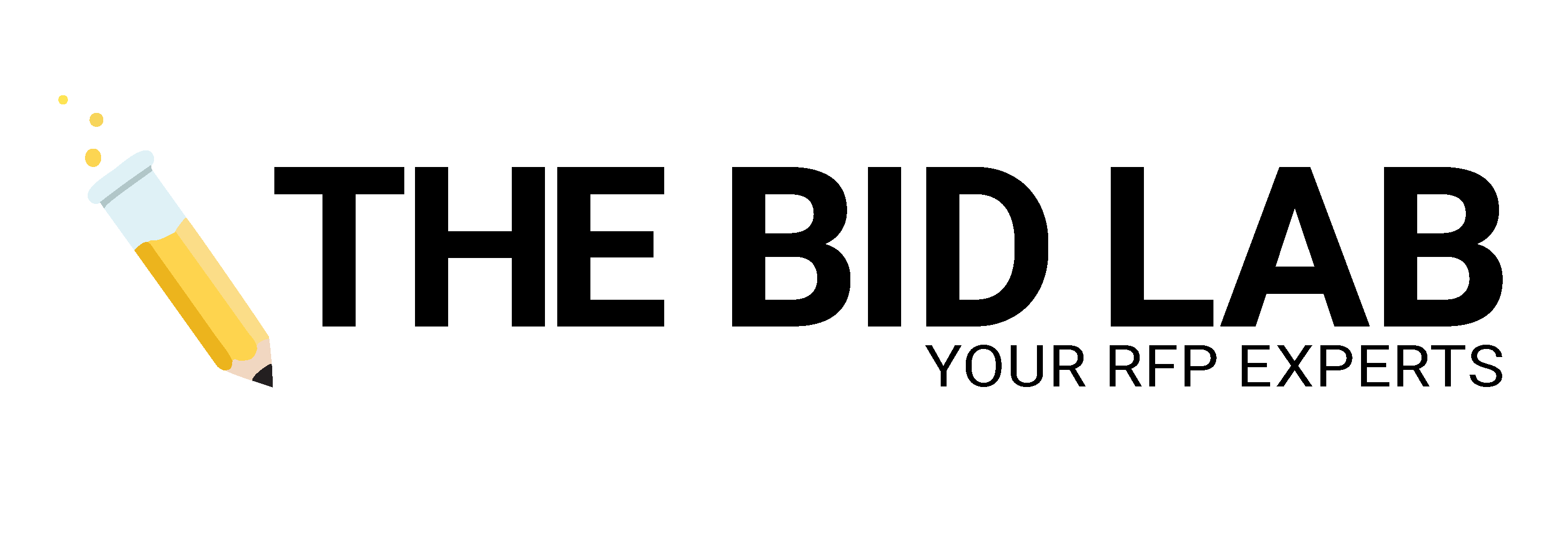Proposal Process: Tips for Streamlining Your RFP


What’s the one acronym that strikes fear into the hearts of your employees? You guessed it, it’s “RFP.” But it doesn’t have to be that way! Companies have long labeled the RFP process as a source of stress and anxiety. What often causes this negativity isn’t the RFP proposal management process itself but rather an unclear understanding of its purpose. Proposals take time, research and planning. You wouldn’t just copy and paste information into your sales sheet and send it out without any edits, now would you? Of course, RFPs are much longer than most documents. But, if you adhere to a timeline and focus on the tasks you can streamline, you can certainly achieve the results you want. Keep reading to see how!
Develop a Standard Proposal Process
If you’re not a firm focused specifically on writing RFPs, who develops your proposal and how they should do it often becomes an afterthought. Don’t let proposal ownership become muddled. Some team members may not be familiar with RFPs and feel lost. If so, consider hiring an RFP writer. No matter your plan, the first step in streamlining your RFP process is to actually have one in place. Don’t wait until the middle of a stressful bid to start writing it.
Prior to your next RFP, sit down with your team to decide who should be involved in your RFP process. Find out their stage and what their responsibilities look like. Also, ensure your staff understand what’s expected of them! They need to feel comfortable asking questions. Better yet, use a spreadsheet to keep track of your progress. List each team member involved, their required deliverables and the due date for these deliverables. Update your spreadsheet as you work through the RFP. You’ll be able to stay aware of what needs to be done next. Your proposal management process moves much faster when you already know who owns each step of the process.
Read Requirements and Make a Plan
As soon as you find a bid that appears to be a perfect fit, jumping right into the RFP process can be tempting. However, review all the requirements in their entirety before you begin. Yes, it may be time-consuming, but it’s worth it. You don’t want to put hours of work into your proposal only to find out you misread or missed a requirement and you’re not actually qualified. Take note of any important information you find to share with your team.
Once you’ve completed an in-depth read of the requirements, it’s time to start planning a timeline for proposal management. First, take a second glance at the deadline. If you’re in doubt about whether you have enough time to submit the bid, the smart choice is to search for something else. Familiarize yourself with the types and lengths of questions and start to brainstorm which team members and SMEs you should assign to each section. Pay attention to any character or attachment limits, if relevant. And last but not least, review how you’ll submit your proposal (mail, online portal, etc.). Gather this information and work backward to determine how much time you’ll need to dedicate to each stage of the RFP process.
Prioritize Conciseness and Clarity
The average RFP is anywhere from 50 to 200+ pages long. That’s a whole lot of questions to answer in your RFP process. If you hope to capture the evaluators’ attention, your proposal is certainly not the place to write a long essay about your company. Overwriting your proposal wastes valuable time and dilutes the quality of your content. Express your response clearly and concisely. Yes, even when word and character limits go unstated within the RFP!
When you’re writing your responses, ensure you’re answering the question directly. If you’re copying and pasting from your content library, read through your responses to confirm they fit the context of the question. And be sure to leave out unnecessary jargon unless it’s fundamental to the services you’re providing. Jargon is suitable for sales materials but has no place in an RFP. If you include any acronyms, explain them and don’t assume the client automatically knows what they mean. Not only do conciseness and clarity make your RFP easily understandable, but they also shorten the proposal management process!
Expect the Unexpected in Your Proposal Process
As we all know, humans aren’t perfectly crafted RFP writing machines. From an internal perspective, firms often experience disruptions because of late responses to questions or last-minute feedback. If you send questions to your SMEs via email, those messages will not uncommonly go unanswered. To avoid this delay in the proposal process, ask for responses by a specific deadline. Confirm all responses with your employees. If you’re not getting the responses you need after sending a follow-up email, offer to hop on a quick call. And if you’re wrapping up the RFP process and receive late feedback, don’t fret! Pick and choose the input to include before the firm deadline. To avoid this future pitfall, limit how late you’ll accept feedback and communicate this to your team.
You Don’t Have to Manage Your Proposal Process Alone
We hope that the next time you come across an RFP, you’ll feel excited and eager to take on the challenge. As scary as the RFP process can be, don’t let fear prevent you from seeing the RFP for what it really is: an opportunity for growing your business! If you feel confident about your responses, your work reflects that. These are just a few of the ways you can simplify proposal management. If you want to see how a proposal team uses these strategies and technology in action to streamline a bid, we’d love to hear from you. Contact The Bid Lab today for a free consultation by calling 1-844-4BIDLAB or emailing respond@thebidlab.com.

